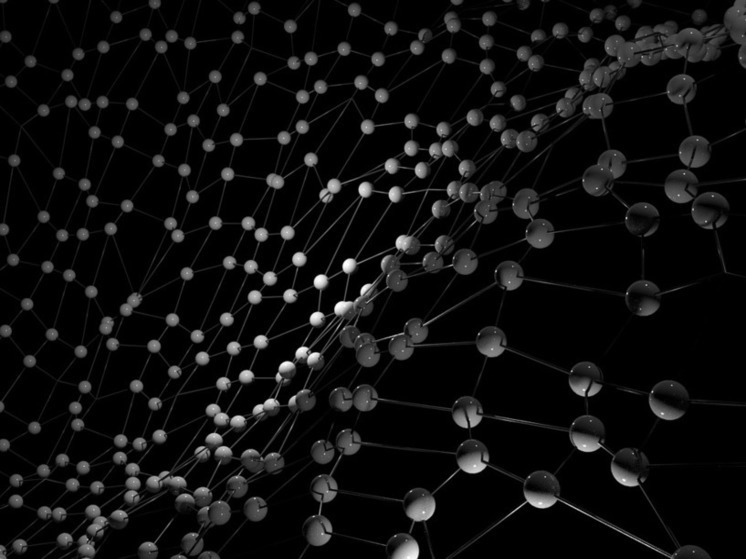Spin transistors will be very fast and consume little energy
Russian scientists are striving to increase the speed of operation of modern electronic devices, while reducing their energy consumption, trying to keep up with their foreign colleagues. Conventional transistors, which have reached their technological limit, are being replaced by new spin transistors, for which alternative silicon-graphene platforms are being developed. Kazan Federal University (KFU) has proposed a platform for microcircuits based on graphene with iron atoms. The work was published in the scientific journal European Physical Journal PLUS.

Everyone knows that modern electronics are based on transistors. These are semiconductor devices that switch electron charges. Due to this switching, all calculations occur. This is how all microelectronics now work, from microwaves to spaceships.
Today, these traditional silicon-based electronics have reached their technological limit — minimizing silicon transistors, which already reach a size of less than a nanometer, is becoming increasingly difficult .
Scientists are looking for new concepts. One of the proposals is to use not the charge of the electron, but only its spin — the magnetic moment (motion) of the electron. The whole world is now talking about spin transistors, which are already called the basis of the electronics of the future — they will be very fast and consume little energy, maybe thousands of times less than modern computers.
The problem is – what should become the material for spin transistors? After all, they must have two properties – be ultra-thin at the nano-level (two-dimensional graphene material, one atom thick (0.1 nm) can be suitable for this) and magnetic, since spin can only be created with a magnet.
Since graphene does not have a magnetic property, the main task of scientists around the world is to figure out how to give it this quality.
As the Russian Ministry of Education and Science told MK, one of the methods proposed by KFU employees is bombarding the graphene surface with iron atoms. Some of the atoms are retained in the graphene lattice (it has good absorption properties), and thus non-magnetic graphene acquires magnetic properties.
It is curious that not so long ago about the same method was reported, but using gadolinium atoms instead of iron atoms (a component of magnetic alloys), scientists from the Kurchatov Institute reported.
— Gadolinium has a larger spin, and accordingly, it needs to spend more energy on magnetization reversal than ours, explains to us the difference between the development of KFU and the Kurchatov Institute alone One of the authors of the work is Ayrat Kiyamov, leading researcher at the Quantum Simulators Research Laboratory. – But a spin transistor using gadolinium is more reliable in terms of noise immunity.
Controlled absorption of magnetic atoms on the surface of graphene opens up new horizons in the creation of medical equipment and quantum computers. Scientists are confident that higher speeds and lower energy consumption will lead to fundamental changes in the development of computing technology.

























































Свежие комментарии